The Expert Answers Q&As and columns reflect the expertise and opinions of individual faculty members and do not necessarily represent an official policy or position of the university.
content body

From left to right, Miria Criado, Ramandeep Kaur and Constantinos Kyriakis from Auburn University's Department of Pathobiology in the College of Veterinary Medicine.
The United States has seen a considerable increase in bird flu cases in recent weeks, resulting in everything from soaring egg prices and pet sicknesses to production setbacks and even human deaths. A trio of experts from Auburn University’s College of Veterinary Medicine — Miria Criado, Ramandeep Kaur and Constantinos Kyriakis in the Department of Pathobiology — answered several questions about the growing crisis in this installment of Expert Answers.
Given the recent death from avian flu in Louisiana, what is the current overall risk assessment of the virus for the United States?
CK: The H5N1 Highly Pathogenic Avian Influenza Virus (HPAIV) was introduced to North America via migratory waterfowl over the last decade, with an explosion of outbreaks from 2021 onward. The situation has deteriorated in recent years. While animals are primarily affected, we have had a considerable increase of spillover events where humans with direct contact with infected poultry or cattle have also become infected.
It is important to stress two things: (1) Thus far, almost all cases are the result of animal-to-human transmission and not human-to-human transmission; and (2) Since we are only able to detect cases of people who seek medical attention, it is not unlikely that the real number of cases could be higher.
MC: From February 2022 until now, more than 150 million commercial and backyard poultry have been affected by HPAIV. Further, since March 2024, we had HPAIV-confirmed cases in the U.S. livestock herds, with more than 1,000 dairy cattle herds affected in 16 states. A few positive human cases have been reported since 2022. So far, there was only one case of severe disease reported in the U.S., which was from direct exposure to sick and dead birds in backyard poultry flocks. Therefore, the risk to the general population still remains low. The continuous circulation of the H5 HPAIV provides the opportunity for the virus to adapt and transmit more efficiently. It’s essential to take measures to reduce the risk of exposure.
RK: The overall risk to the general public in the U.S. remains low. Nearly all 67 human cases identified in the U.S. had exposure to infected cattle, poultry or other animals such as backyard fowl, wild birds or other mammals.
What are the primary modes of transmission for avian flu in humans?
CK: As stated above, almost all recorded cases are the result of direct contact of humans (workers in dairy or poultry farms or people with backyard poultry) with infected animals. So far, we have not seen human-to-human transmission. It seems that the virus cannot be transmitted via aerosols, but rather by direct contact with infected animals, materials (fomites) coming from infected animals or animal products, such as raw/unpasteurized milk.
RK: Humans are at risk of getting infected with avian flu if they come in direct contact with infected animals, for example, handling infected animals without the use of proper personal protective equipment (waterproof coveralls, gloves, N-95 masks, etc.) and touching their eyes, nose or mouth with contaminated hands. Humans also can get infected if they touch surfaces and equipment contaminated by infected animals without using PPE. Sometimes, the virus particles can be suspended in air droplets or dust during cleaning sheds, coops and pens or when infected birds move around, flap their wings, scratch themselves or shake their heads. Farm workers can inhale these suspended virus particles if they do not use proper PPE.
During the COVID-19 pandemic, we saw that virus constantly mutating to become more easily transmissible and sometimes more severe. Do you expect to see this virus do the same thing?
CK: While influenza viruses are quite different compared to coronaviruses, spillover events increase the chances of the emergence of mutations that can enhance transmissibility to and among humans. We have seen this in the Louisiana case, where the virus poses mutations that help it bind better to human respiratory tissue. The good news is that this particular virus did not transmit to other humans, thus these mutations were not sufficient for sustained human-to-human transmission. We also see this in viruses isolated and sequenced from cattle, which have mutations that indicate adaptation, which is demonstrated by the rapid transmission within a dairy herd. With the virus spreading to domesticated birds, wild mammals and dairy cattle, we need to keep monitoring the situation very closely and take measures to reduce the risk of exposure to decrease the chances of interspecies transmission of the virus.
How can we protect ourselves from contracting avian flu?
RK: As mentioned earlier, the risk of virus transmission to the general public in the U.S. remains low. Precautions such as using proper PPE are recommended for those in direct contact with infected animals, such as farm workers, dairy workers, or poultry workers.
The general public should avoid direct contact with wild birds. Any sick or dead domestic or wild birds and animals should be reported to the authorities, and unprotected exposure to these birds and animals should be avoided.
Meat, milk, eggs and other products from infected animals are not allowed to enter the commercial food supply in the U.S. However, people should practice safe food handling and preparation techniques. They should consume pasteurized milk and milk products to protect themselves against avian influenza and other disease-causing microbes. Keeping raw meat and poultry products separate from fresh produce during food preparation is essential to prevent cross-contamination of disease-causing germs. All meat and poultry products should be thoroughly cooked before consumption to kill disease-causing microbes. After cooking meat and poultry products, all kitchen surfaces and equipment should be thoroughly cleaned.
If you are unwell and experience flu-like symptoms (fever, cough, sore throat, runny nose, body ache, etc.) or any other symptoms, immediately see your provider to get your illness diagnosed and appropriate treatment initiated.
All of us should follow some general precautions to protect our health and those around us. These include staying current on all vaccinations, practicing hand hygiene and cold and cough etiquette, staying home when sick and avoiding close contact with others who may be ill.
CK: If you are working in a poultry or a dairy facility, it is important to follow strict biosecurity protocols, using appropriate PPE such as glasses, disposable gloves, gowns, head covers, masks and designated boots, as well as limiting contact with infected animals. Getting vaccinated for seasonal influenza is also very important, as it can reduce the chances of H5N1 viruses coinfecting people with season viruses and further increasing the risk of adaptation.
The current risk for the general public is considered low. There is really no need to change people’s habits or behavior. Drinking raw/unpasteurized milk has always been a bad idea, since studies showed it increases the risk of infection by other pathogens, such as salmonella and listeria potentially present in the milk. Recently, with highly pathogenic avian influenza viruses infecting dairy cattle and their presence in high quantities in the raw milk, drinking unpasteurized milk is not recommended. Pasteurization of dairy products kill the virus and other possible pathogens that cause disease.
What steps are being taken by industry and government organizations to control the current outbreak among poultry and wild birds?
MC: Government agencies from state to federal level have been working on surveillance to monitor the virus in commercial and backyard settings and with wild birds. Agencies, such as the USDA’s Animal and Plant Health Inspection Service (APHIS) and state labs, have been encouraging bird owners to practice strong biosecurity to reduce opportunities for wildlife to spread the virus to their birds and preventing the spread of the virus from one premises to another.
The poultry industry is well-prepared, and they have been following strict biosecurity protocols for years to prevent or control disease in commercial flocks. Recently with the avian influenza outbreaks, these measures are being updated and intensified. The dairy industry is doing the same, although the initial and new infection of dairy cows with HPAIV H5N1 and further cow-to-cow transmission has complicated the situation. While Highly Pathogenic Avian Influenza Virus (HPAIV) in poultry is a reportable disease and all animals in an affected flock should be culled to prevent further spread of the virus, this is not the case with dairy cows, where an affected herd is isolated, but the animals are allowed to recover. The government also released a voluntary program to monitor dairy herds for Highly Pathogenic Avian Influenza (HPAI) to help reduce the risk of spreading the virus and meet movement restrictions.
How does avian flu impact the poultry industry, and what impacts might we notice at the grocery store?
MC: The economic impact of the outbreaks is devastating to producers. In the case of the poultry industry, when a flock is positive for the HPAIV H5 or H7 subtype, all the birds usually die within 48 hours due to the virus infection. In addition, the entire positive flock is culled to control the disease spread to other flocks or possibly close premises. Therefore, HPAIV can impact the production of chicken meat and eggs, depending on the sector of the industry affected, which can consequently impact the market with an increase in price and availability of products due to supply demand.
The dairy producers also lose money as they must destroy milk produced when their herd is positive. Also, it has been observed that a substantial decrease in milk production affects dairy cows, even after they recover from infection. Thus, the H5N1 HPAIV outbreaks are partly responsible for increased prices and shortages in animal products, including poultry meat, eggs and milk.
Are there any recent advancements in research or technology that show promise in combating avian flu?
CK: The good news is that the scientific community has been worried about the potential of avian influenza H5N1 viruses infecting humans and causing a pandemic for more than two decades. Thus, they have been working on effective countermeasures for a long time. Vaccines against H5N1 viruses have been tested in animal models and human clinical trials, while antiviral drugs are available or under investigation to be used against seasonal viruses, which can be used against H5N1 as well. However, it is important to stress that antiviral drugs have significant limitations and vaccines are generally much more efficient against viruses compared to antiviral drugs.
MC: It is important to stress that we have had standard technologies to produce influenza vaccines for several decades, in addition to some antiviral drugs. These vaccine technologies have an excellent safety profile, and we can produce them in a very timely manner. Thus, in case of sustained human-to-human transmission, a flu vaccine against the circulating H5N1 influenza virus can reduce virus transmission and disease. Despite all the knowledge and infrastructure to combat the avian flu, it is essential to continually support research in this area to better understand the characteristics of the virus that has been circulating, how it has been adapting to different species and other factors to effectively prevent and control the outbreaks and disease.




